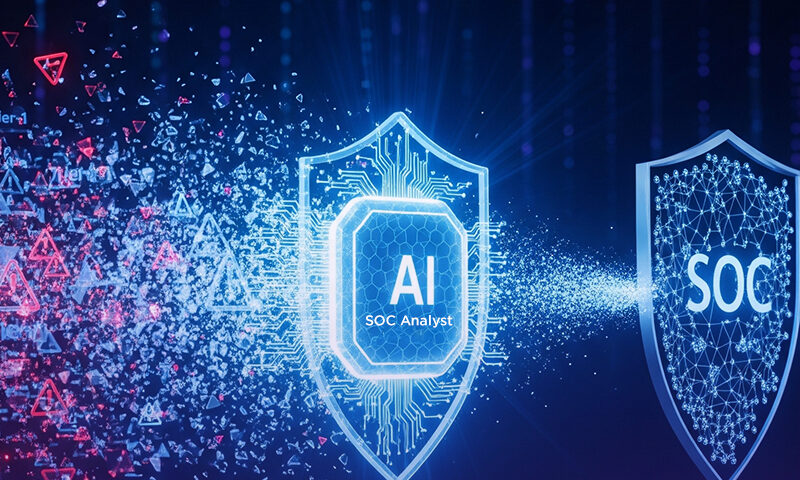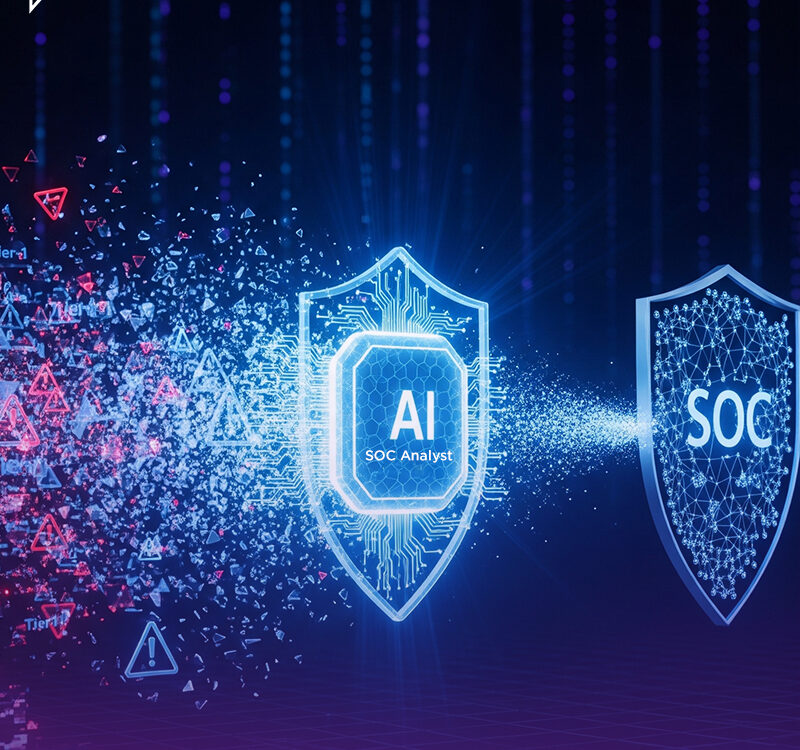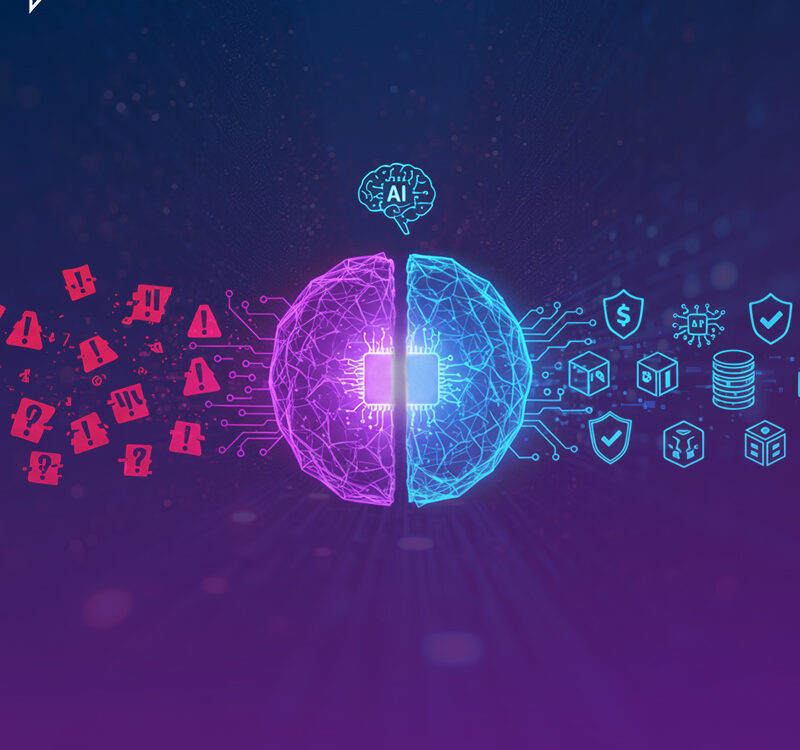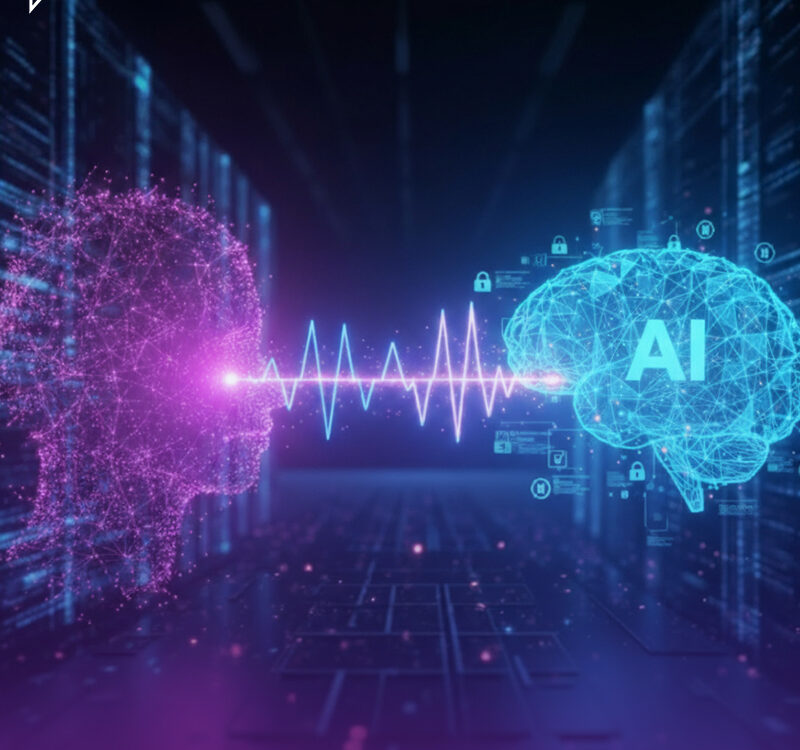
Why Your Security AI Is Still Guessing – And How Retrieval Can Fix It
June 22, 2025
Designing RAG-Enabled Security Workflows: Best Practices and Pitfalls
June 26, 2025
Why Your Security AI Is Still Guessing – And How Retrieval Can Fix It
June 22, 2025
Designing RAG-Enabled Security Workflows: Best Practices and Pitfalls
June 26, 2025Table of contents
- Introduction: From Guesswork to Ground Truth in Cybersecurity
- The Core Problem: Why Static AI Struggles in SOC Environments
- Enter RAG: A System Built for Situational Awareness
- Transformative Use Cases: Where RAG Shines in Cybersecurity
- Building Blocks of a RAG Ready Security Stack
- Why RAG Accelerates Security Maturity Models
- Operational Benefits You Can Measure
- Common Missteps to Avoid
- Looking Ahead: Retrieval as the Intelligence Layer for Autonomous Security
- Conclusion: Security Needs AI That Knows What It’s Talking About
Introduction: From Guesswork to Ground Truth in Cybersecurity
In the high-stakes world of cybersecurity, precision isn’t optional; it’s mission critical. One bad call, one missed alert, or one hallucinated answer from an overconfident AI can cost millions. Yet, most of the AI tools deployed across security operations centers (SOCs) today are still rooted in generic language models that guess based on stale training data.
They speak with confidence, but lack current situational awareness.
Retrieval-Augmented Generation (RAG) is the evolution we’ve been waiting for. AI that doesn’t just generate responses but grounds them in live, context rich data. For SOCs flooded with alerts and battling fatigue, RAG isn’t just a technical improvement. It’s the key to turning information into insight on demand, at scale.
The Core Problem: Why Static AI Struggles in SOC Environments
Security operations are not static. Threats evolve hourly. Environments change daily. Yet, traditional language models treat knowledge as fixed and context as irrelevant.
Without a live data feed or context injection, these models:
- Hallucinate answers based on incomplete memory
- Miss emerging vulnerabilities (CVEs, TTPs, threat actor profiles)
- Fail to account for internal context such as your network, tools, or user behaviors
In a SOC, where every minute matters, generic guesses don’t just slow response; they erode trust in automation altogether.
Enter RAG: A System Built for Situational Awareness
RAG fundamentally transforms how AI assists security teams. It blends real time document retrieval with language generation, enabling responses that are:
- Timely (based on the most recent threat intel or logs)
- Accurate (anchored in actual data, not assumptions)
- Contextual (aware of your specific environment)
Think of it as pairing a smart analyst with an internal knowledge library that’s constantly updated. Instead of relying on past memory, RAG fetches the most relevant documents, feeds them into the AI, and then generates a grounded, verifiable response.
Transformative Use Cases: Where RAG Shines in Cybersecurity
Precision in Alert Enrichment
Rather than offering vague or one size fits all triage suggestions, RAG augments every alert with threat context, historical ticket resolution patterns, and peer reviewed documentation. The result? Analysts focus on signals that matter, skipping repetitive fact finding.
Analyst Assistance Without the Guessing
An analyst can now ask, “What’s the recommended next step for this lateral movement?” and get an answer tied to:
- MITRE techniques observed
- Incident history on similar endpoints
- Organizational playbook alignment
The response isn’t fabricated. It’s constructed from verifiable data and enriched with clarity.
Knowledge Transfer Across Shifts and Teams
Tribal knowledge is a real challenge. RAG bridges this by indexing prior cases, tagging them by type, asset, and threat vector. When a similar incident emerges, new team members have instant access to historical context without relying on hallway conversations or old Slack threads.
Building Blocks of a RAG Ready Security Stack
To implement RAG effectively, organizations must invest in the right infrastructure:
- Data Layer: Centralize internal sources like runbooks, incident logs, asset inventories, threat feeds, and analyst notes.
- Retrieval Engine: Shift from keyword based search to vector search, enabling semantic understanding.
- Generation Engine: Fine tune LLMs with domain specific corpora. Open source models (like LLaMA 3) can be adapted using secure, compliance bound data.
These components turn fragmented SOC documentation into a responsive, intelligent assistant.
Why RAG Accelerates Security Maturity Models
RAG aligns with every major SOC maturity framework, from MITRE’s SOC CMM to ISACA’s CMMI:
- Reactive to Proactive: Replace “review and respond” with real time, data anchored triage.
- Manual to Adaptive: Reduce playbook rigidity by allowing AI to adapt responses based on current threat profiles.
- Knowledge Silos to Collective Intelligence: Create a dynamic knowledge layer shared across your security function.
Operational Benefits You Can Measure
Organizations leveraging RAG powered platforms have already seen:
- 60% reduction in analyst time spent per alert
- 2.5x faster MTTR across phishing and lateral movement cases
- 40% fewer escalations from L1 to L2
- Consistent incident summaries that reduce documentation burden and support compliance
It’s not about replacing humans. It’s about giving them better, faster answers backed by data.
Common Missteps to Avoid
Many RAG implementations stall due to avoidable pitfalls:
- Treating RAG like a chatbot. It’s not a UI layer; it’s an intelligence layer.
- Feeding it garbage. Unstructured, duplicate, or unlabeled data leads to irrelevant results.
- Skipping security. Sensitive data must be gated with access control and secure embeddings.
Looking Ahead: Retrieval as the Intelligence Layer for Autonomous Security
As AI agents become more autonomous, handling triage, enrichment, and even remediation, the retrieval layer will be what makes or breaks them.
RAG ensures:
- Every decision has a source
- Every recommendation is explainable
- Every action reflects both external threats and internal realities
Think of it as the truth engine for AI led security.
Conclusion: Security Needs AI That Knows What It’s Talking About
RAG doesn’t just make AI sound smarter; it makes it be smarter. By grounding answers in live, contextual knowledge, it bridges the gap between language models and the real-world complexity of cyber defense.
If your AI is still guessing, it’s not ready for your SOC.
Start building a retrieval powered frontline. Let your analysts focus on what matters because your AI already knows the rest.




